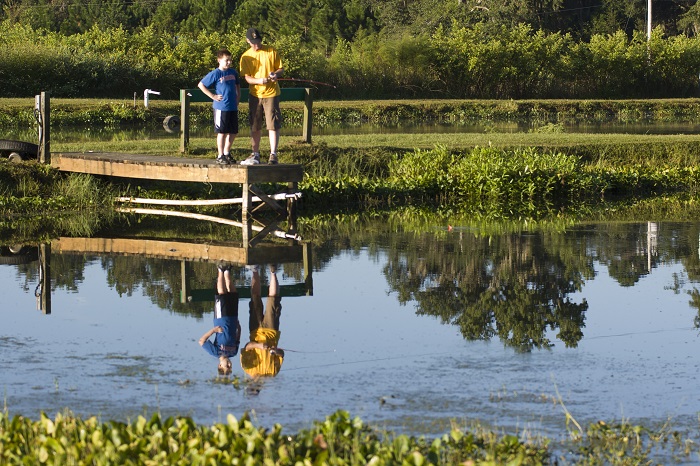
by Mark Mauldin | Jun 16, 2017
Every year as the temperatures get warmer the number of calls related to weed problems in fish ponds increases. That was the case this year also, with one notable difference; the calls started coming in March and April, not June and July as they would during a...
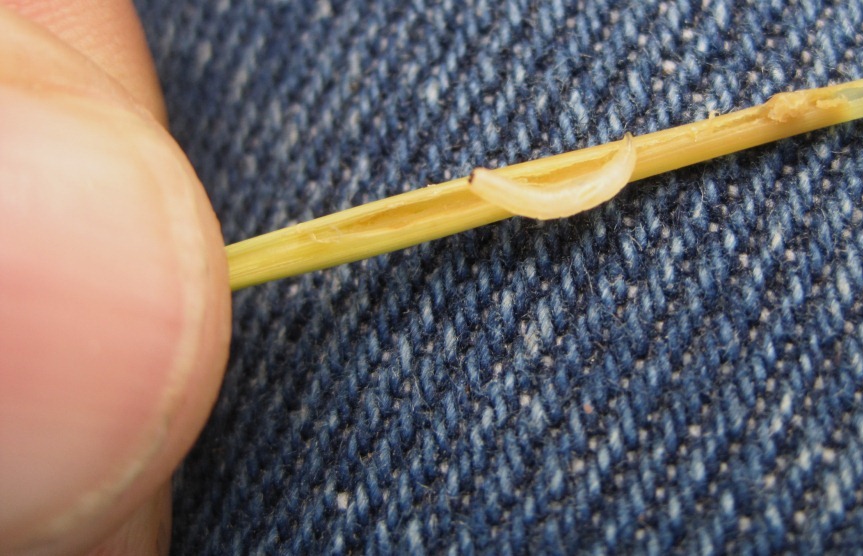
by Doug Mayo | Jun 16, 2017
Bermudagrass Stem Maggot While doing plot work at the Sunbelt Ag Expo late this week, Dr. Lisa Baxter (a post-doc in our program hired to assist with our stem maggot research) and I observed bermudagrass stem maggot pressure in our bermudagrass stands there. Alicia,...
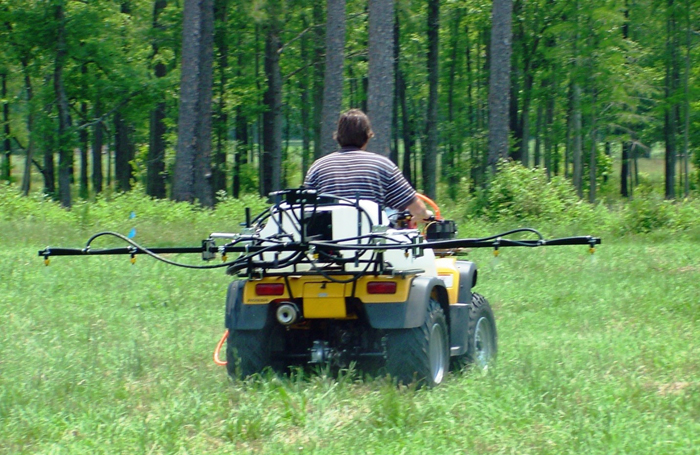
by Doug Mayo | Jun 9, 2017
UF/IFAS Beef Cattle & Forage Specialists, and County Extension Agents serving the Florida Panhandle worked to develop a basic management calendar for cattle producers. The purpose of this calendar is to provide reminders for management techniques with similar...
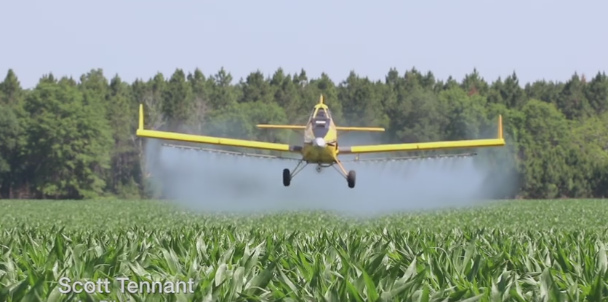
by Doug Mayo | Jun 9, 2017
Growing America has started a nice feature for their weekly newsletter readers of sharing farm stories though videos. This week’s featured video highlights the story of Scott Tennant, Colquitt, GA, who is an agricultural pilot, more commonly known as a crop...

by Ethan Carter | May 19, 2017
Planting season is well under way, with some producers nearing completion of peanut, and cotton planting. Annually, thrips are problematic in early panted cotton and peanut. It will be important to keep an eye on thrips populations as seedlings emerge, and the weeks...
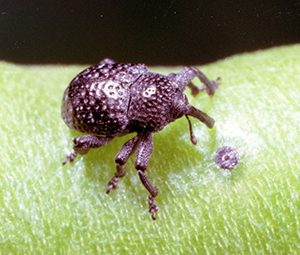
by Matt Lollar | May 12, 2017
Peas are a staple food throughout the South. Whether you prefer southern peas, cowpeas, or blackeye peas, they are all under threat from the cowpea curculio, also known locally as pea weevils. With the mild winter this year, growers can anticipate that cowpea...







